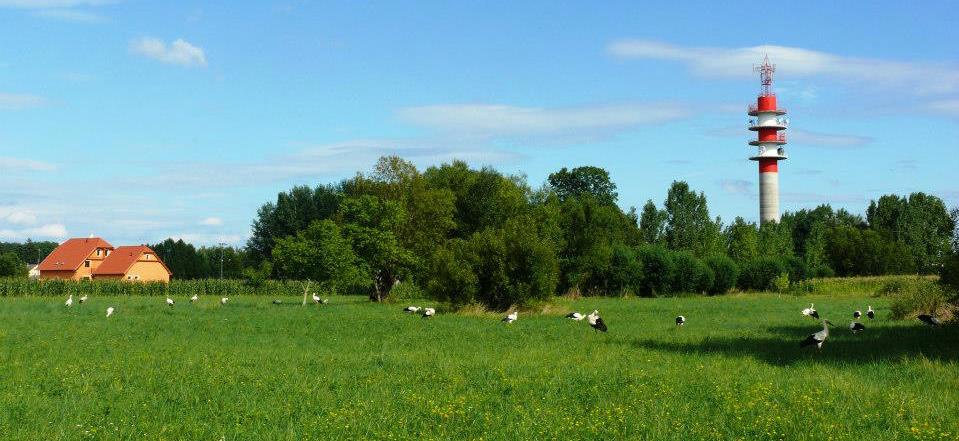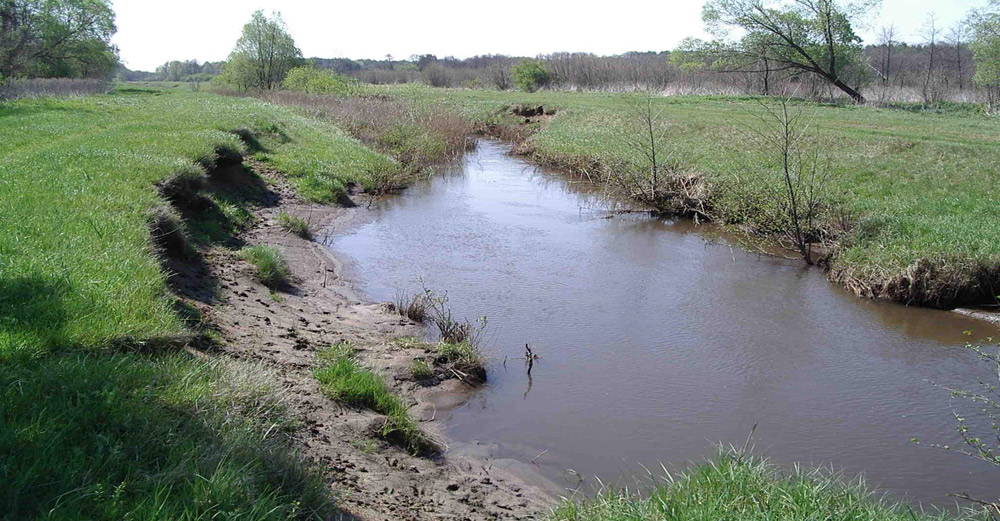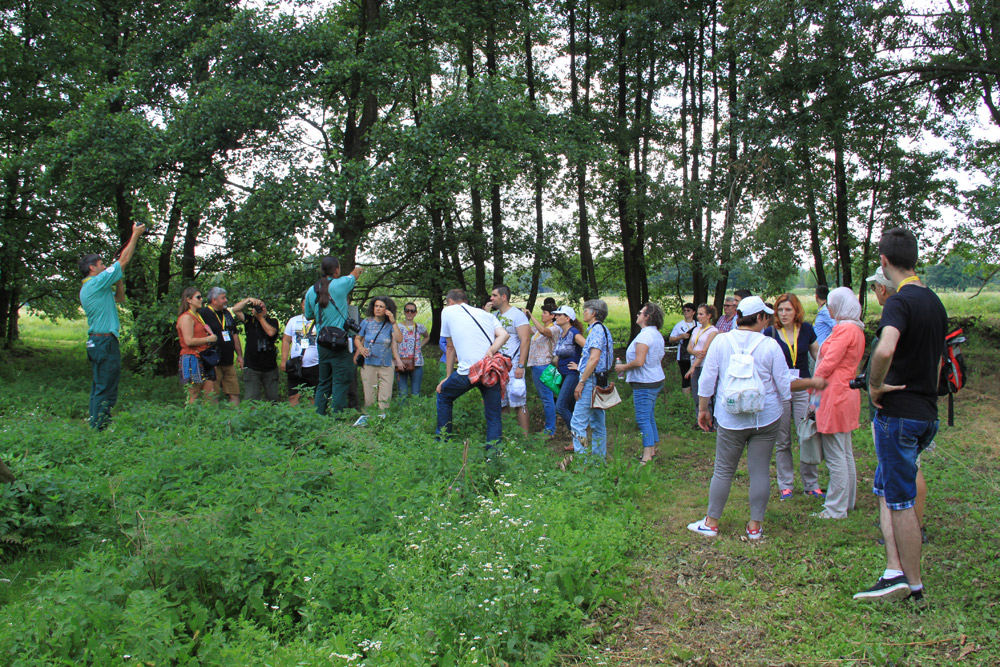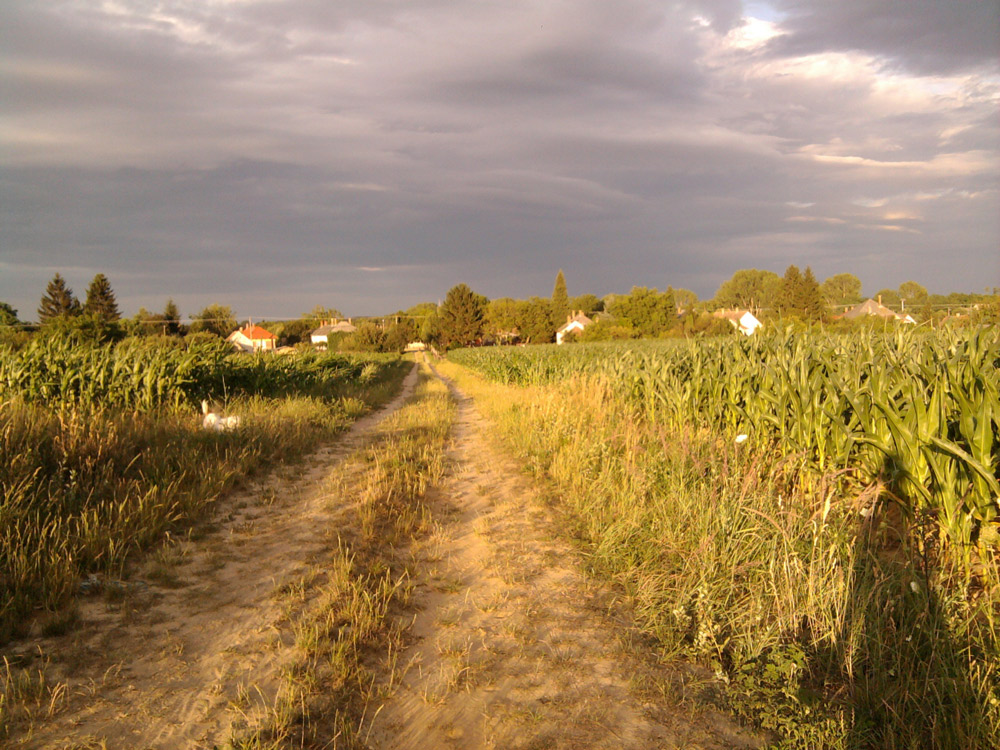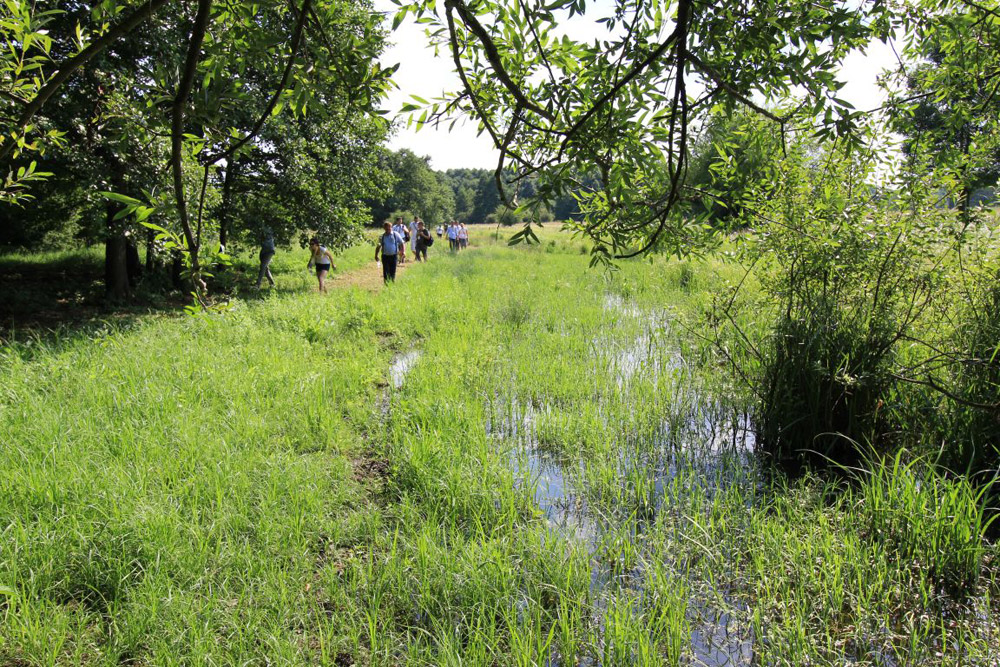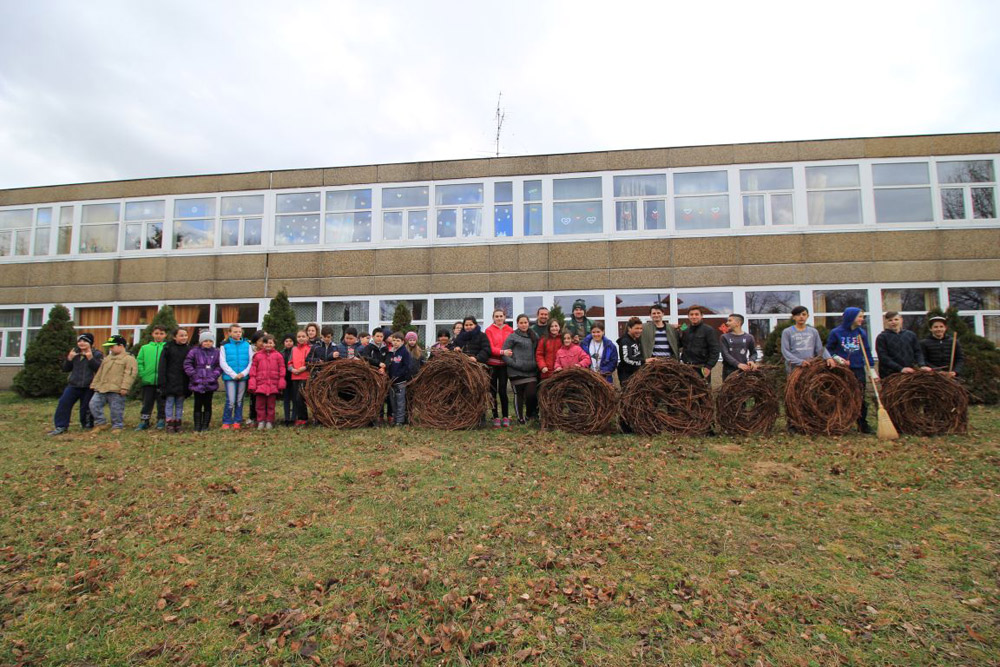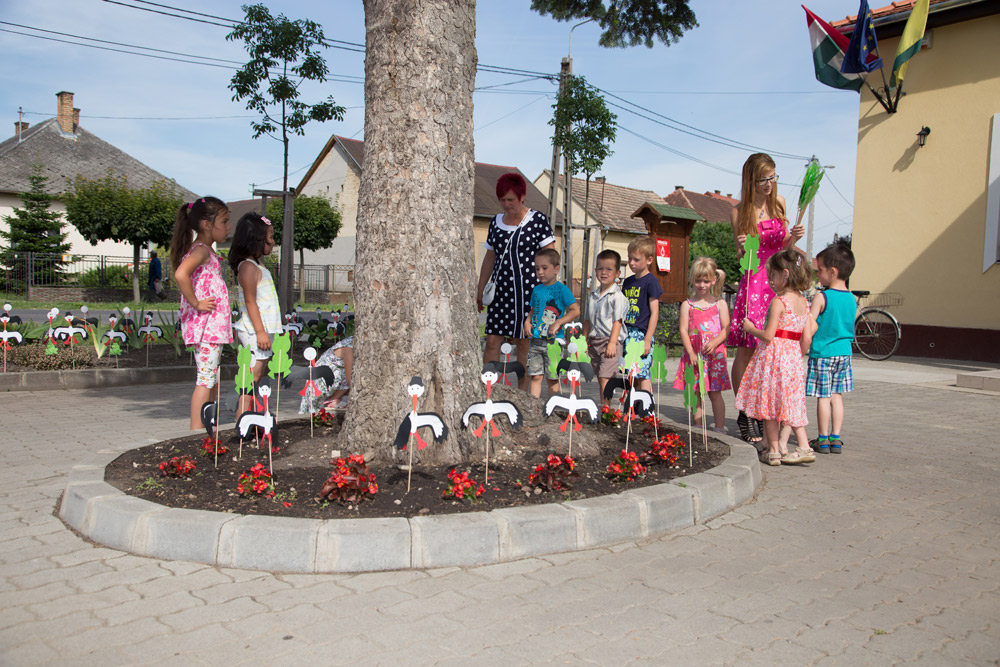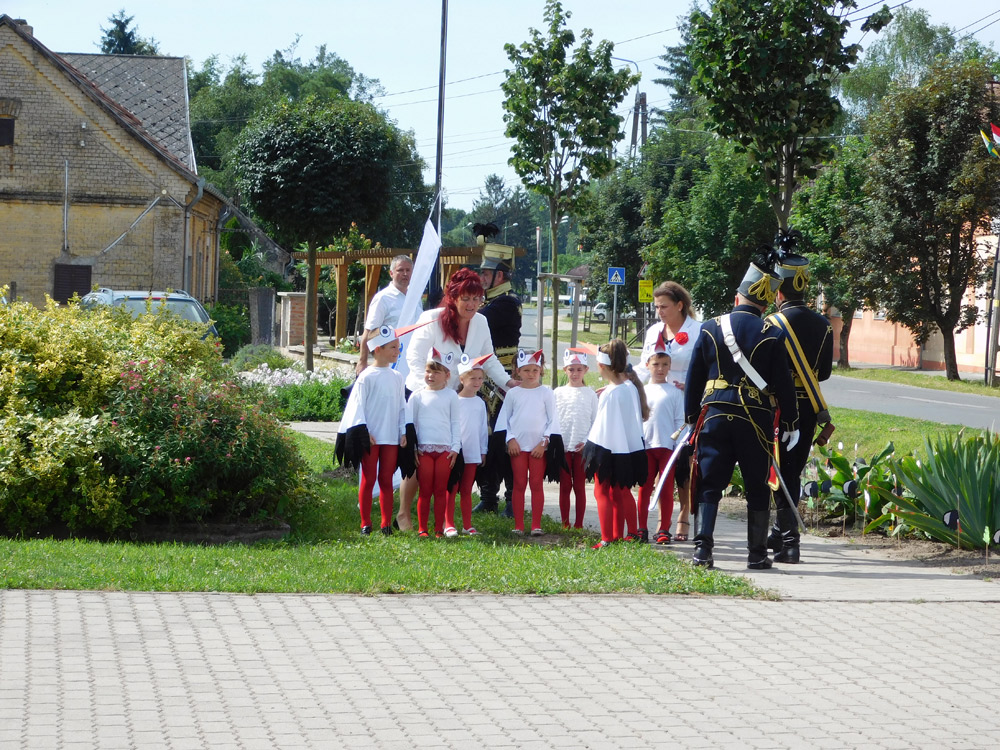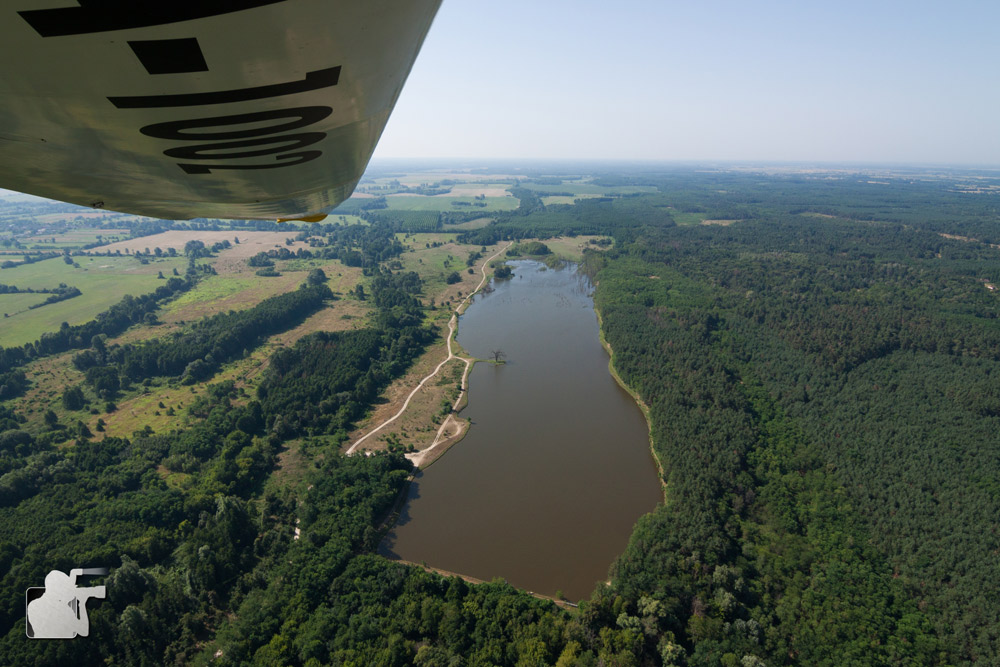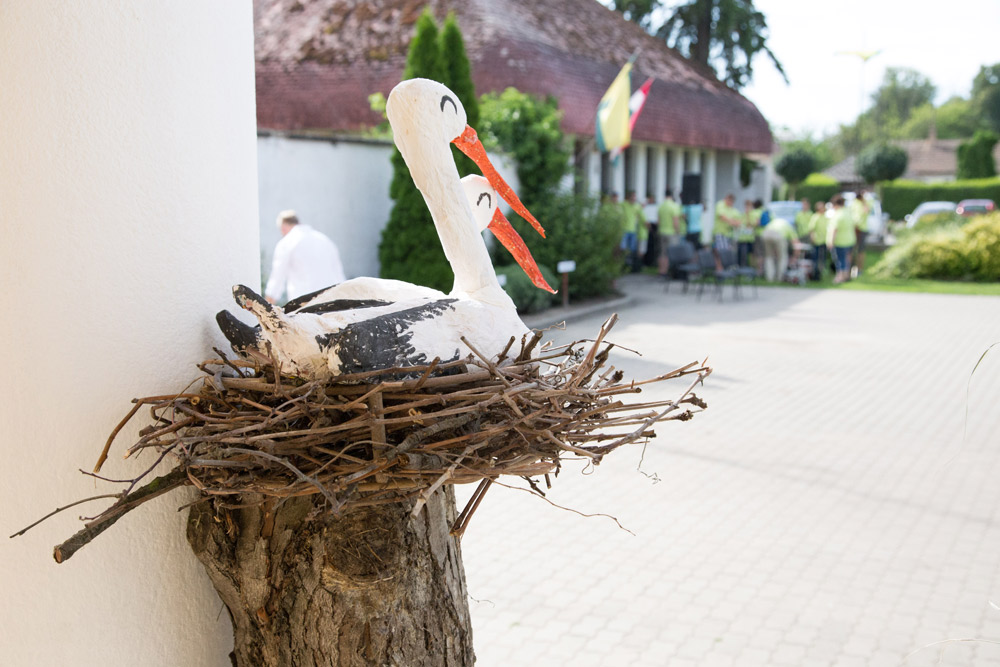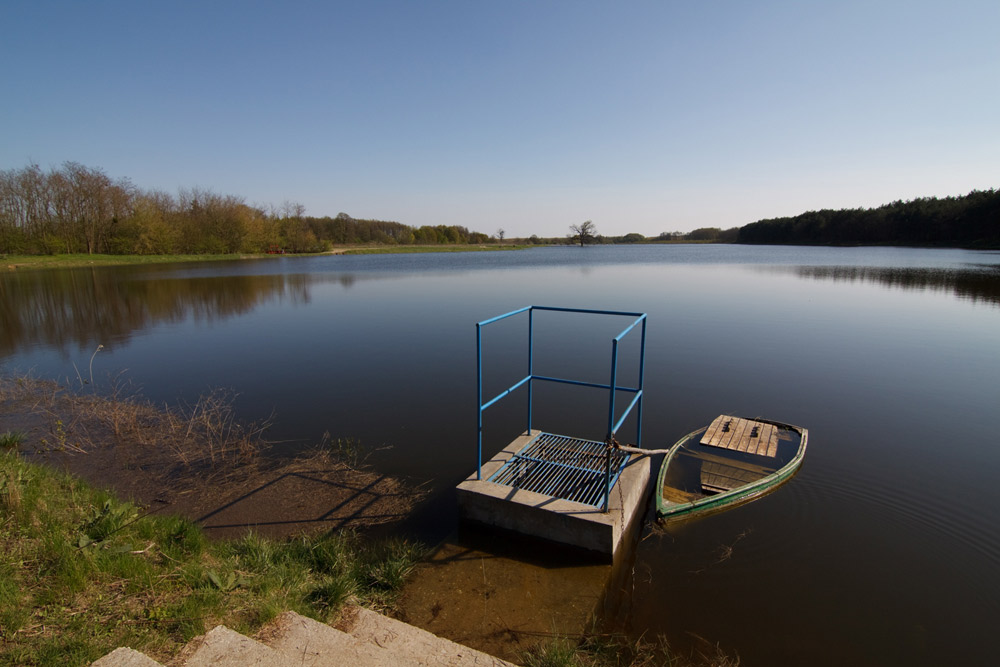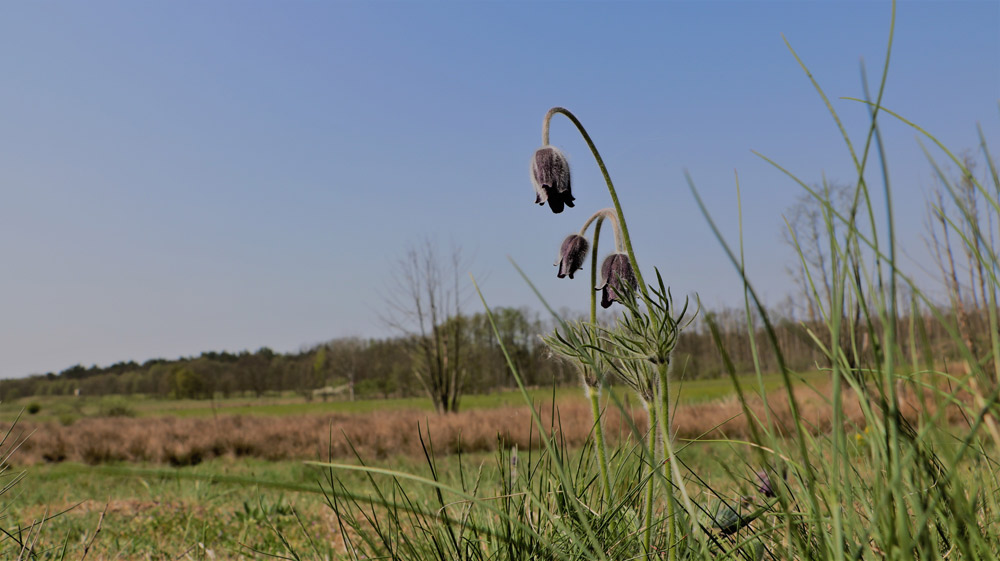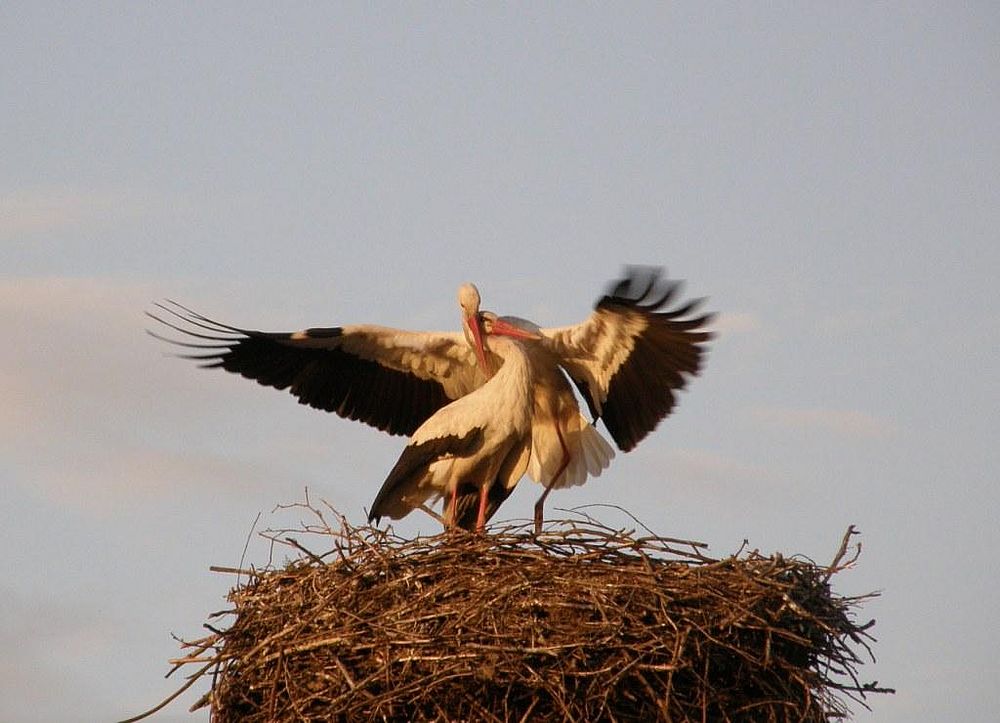Nagybajom, Hungary, 1996
Facts and Figures
- Location:
- Hungary, South Transdanubian Region, south of Balaton Lake
- Population:
-
 5 - 11Min. and max. numbers of breeding pairs since the year 2000
5 - 11Min. and max. numbers of breeding pairs since the year 2000 3200Inhabitants in the year 2017
3200Inhabitants in the year 2017 - White stork in Hungarian:
- Fehér gólya
- Nesting sites:
- electricity poles
- Events:
- Stork Running Race, Town Day, Town Cleaning Event
Contact
Municipaliy of Nagybajom / Nagybajom Város Önkormányzat
H: 7561 Nagybajom, Fő u. 40., Hungary
Contact person: Albertus Anita
+36 82 556 950, mobile: +36 20 976 06 33
albertus.anita @nagybajom.hu
Google Map
This map is currently hidden to protect your privacy. If you click the button below it will be loaded from Google.
When enabling the checkbox below your preference will be stored as a cookie to automatically display all maps on page load. The cookie will be stored for one week.
Storks at University
In Hungary when students go to university they are called “storks” in their first semester. There is a regular yearly event in the universities, called “Stork ball” – fresher’s ball.
Landscape and habitat
Nagybajom lies adjacent to the over 8.000 hectares Boronka Landscape Protection Area that has been protected for 25 years. Here, due to the highly special water retention capacities even a few dozen centimetres of elevation difference can dramatically influence vegetation ranging from marshes to arid sandy grasslands.
This landscape was the last intact piece of land in Hungary where no farming had been done. One of the reasons why rarities of threatened flora and fauna could survive in this area were the military activies and installations during World War II parts of which still exist today. Thus in vast areas only natural processes had the chance to work for several decades. The biggest grassland area lies south-west from the town close to the fishpond. The stream revitalization project has been started in this area. There are about 200 ha pasture and wet meadows which is an important feeding habitat for storks and several other breeding bird species.
 Report sighting
Report sighting
Have you seen a white stork or another interesting species of animal, plant or fungus? Make your observation count for nature conservation and share it with other nature lovers! It’s free and it’s fun!






